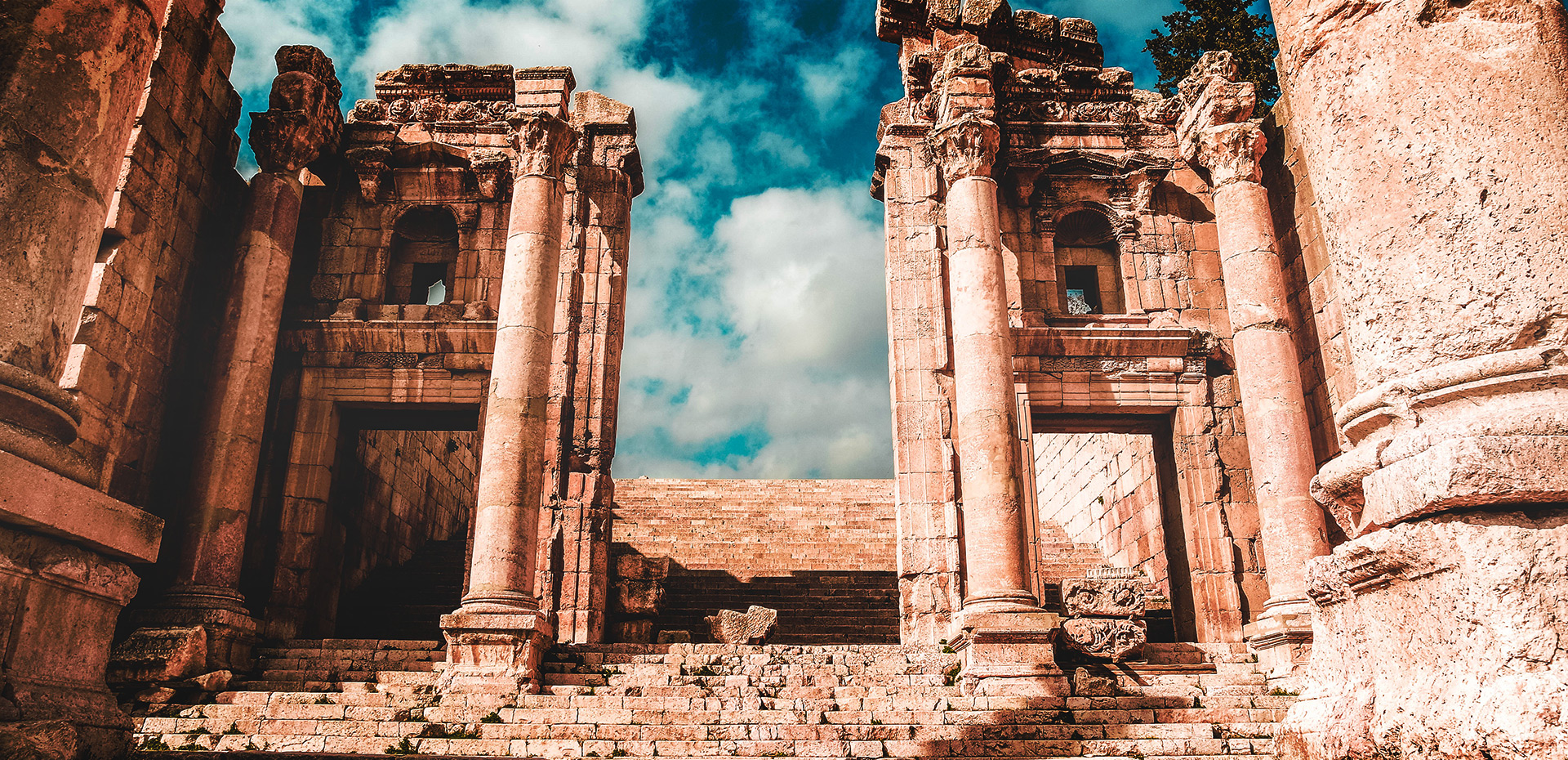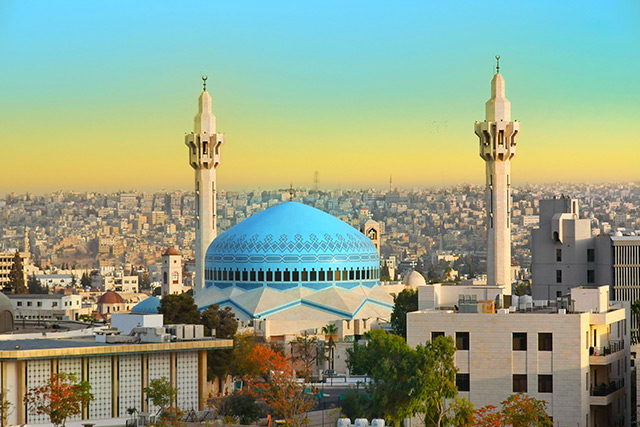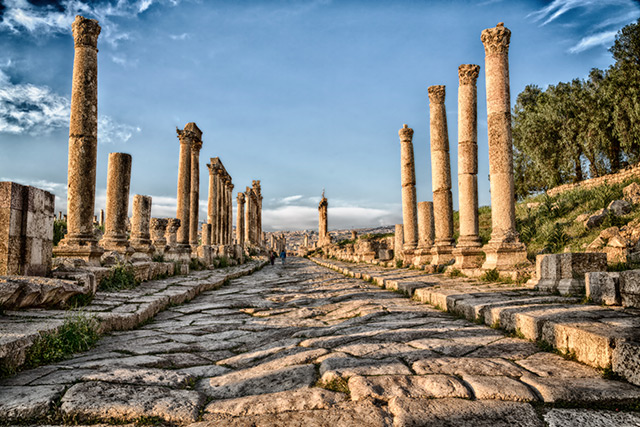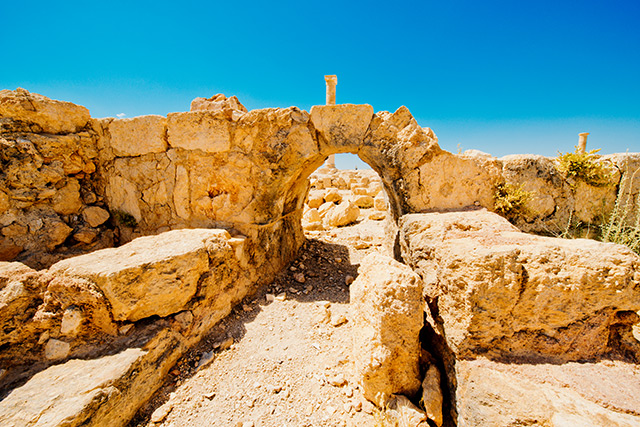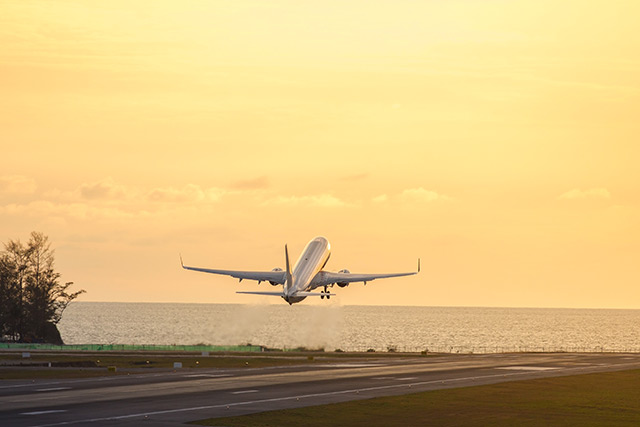It is a popular misconception that all the events relating to Jesus in the New Testament took place in what is now modern day Israel.
Jesus was in fact baptised in Jordan. His time in the Wilderness was in Jordan and he preached in the Decapolis cities of Jerash (Gerasa) and Um Qais ( Gadara in the bible). The Miracle of the Gadarine Swine, took place in Jordan and Jesus sought refuge in a small cave in the North of Jordan in Anjara.
On this four day pilgrim tour of Jordan you will walk where Jesus walked and will be given the opportunity to experience this part of the Holy Land that is very seldom visited by Christians, with the exception of course of Pope John Paul II, Pope Benedict and Pope Francis.
